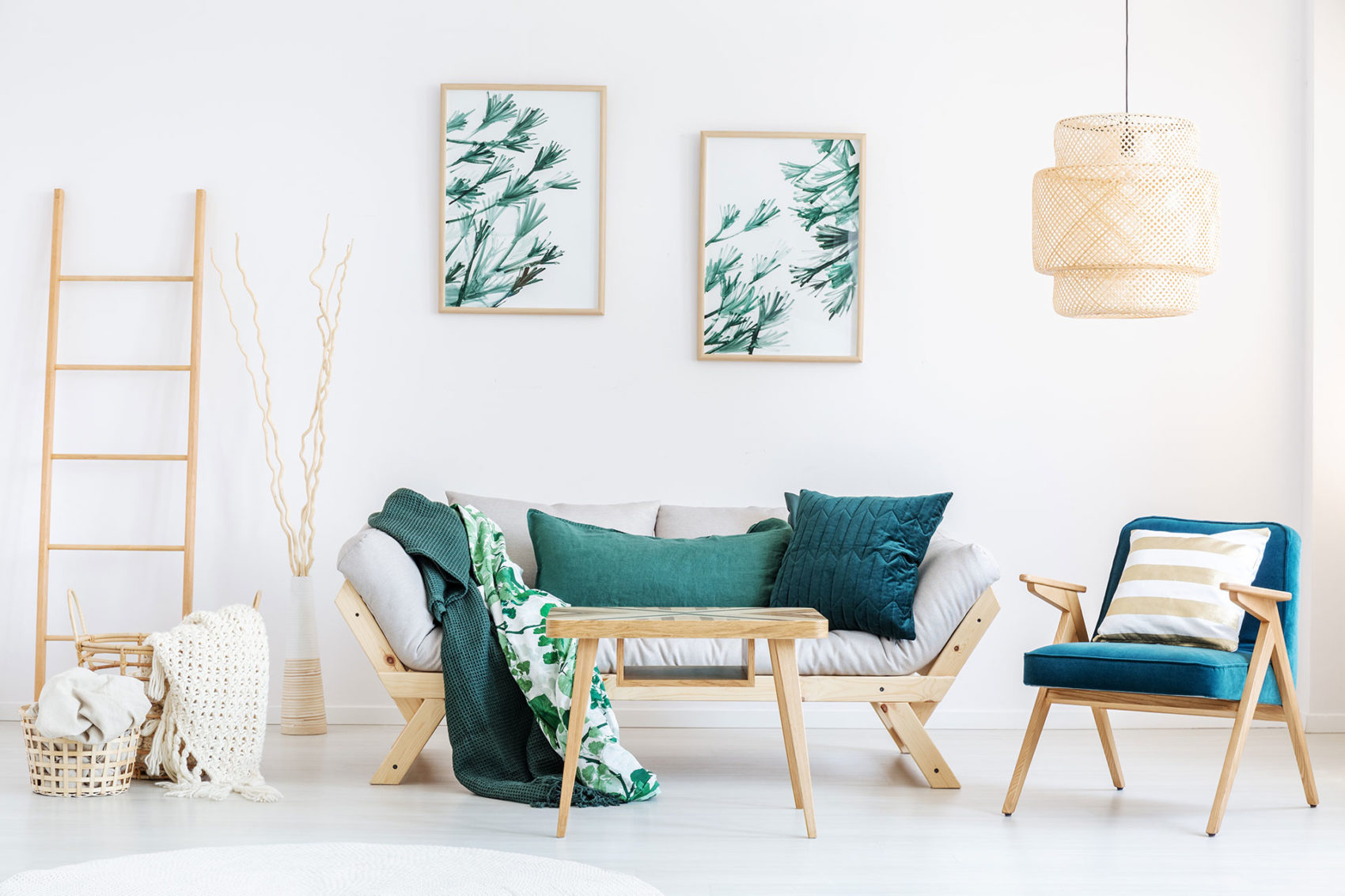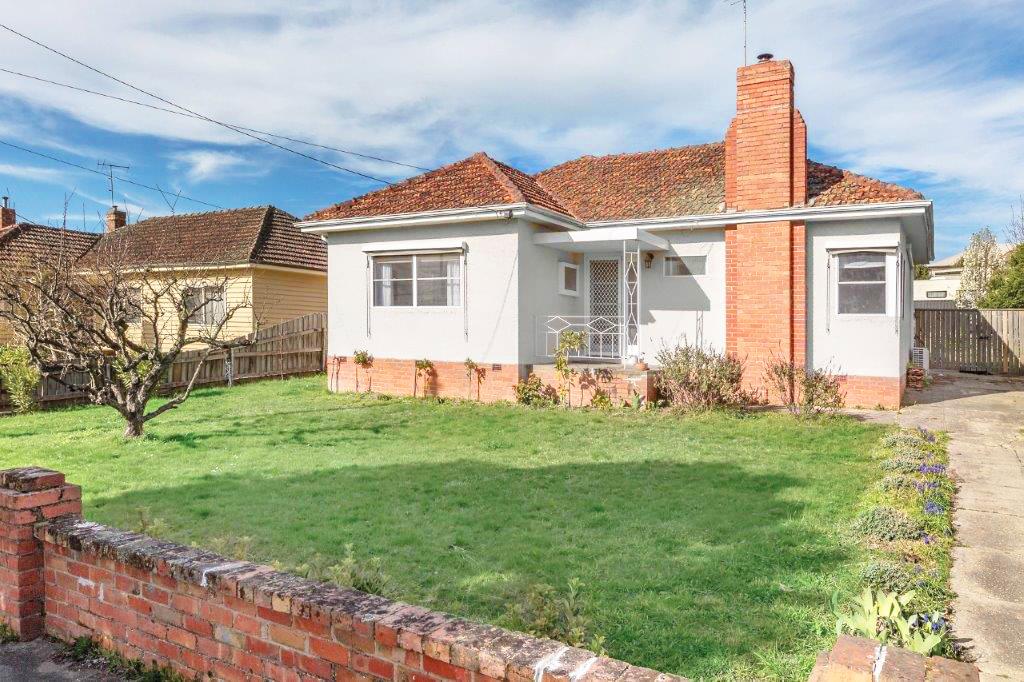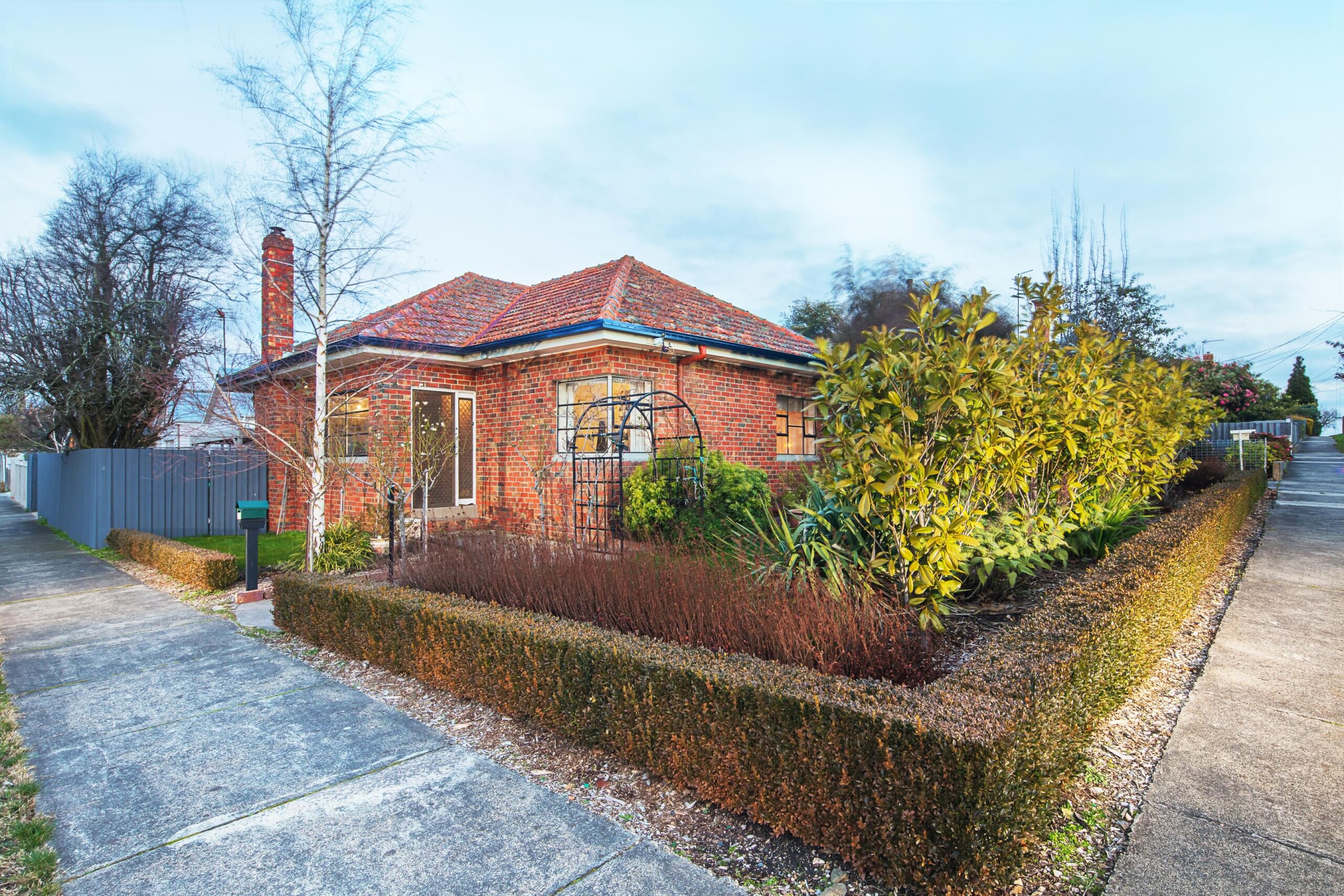This is the 3rd part of our series, “First steps for First home buyers”, where we hope to make the path to your Australian dream, less daunting. In case you missed parts 1 & 2, please see the links below:
Selecting the property
So – here we are! You’ve saved up enough for your deposit and you’ve found a home loan option that works for you. Now comes the fun part! It’s time to find your home…
Property type
The house-hunting journey can be an exhilarating challenge; it will be filled with highs and lows and may require you to make adjustments and compromises along the way. The first decision you will need to make is the type of property you are looking to purchase, in Australia this is typically either a house, unit, townhouse, duplex or fixer-upper. And they can either be newly constructed or resale homes.
There are a range of pros and cons to each property type depending on your individual situation, some high-level examples are:
- Free-standing house: space is generally the biggest motivator in purchasing a free-standing home. Whether you’re planning on having children, pets or just a lot of plants – a house can give you a little extra space.
- Pro: It is a stand alone asset on a block of land, allowing owners to benefit from the land value in the long run.
- Con: A downside could be that free-standing houses are generally located further away from the CBD.
- Unit, or apartment: these low-maintenance properties are often the most popular purchase for FHB’s as the smaller space is ideal for a single or couple and the lower cost allows buyers to purchase sooner.
- Pro: Often, a unit will provide greater flexibility in your suburb choice if you’re looking to live closer to the CBD or major amenities,
- Con: The building will likely have strata costs which could bring additional fees and restrictions around renovations.
- Townhouse or terrace: these are generally the sweet spot for new and seasoned buyers alike as they provide the benefits of affordability without the need to sacrifice your location goals.
- Pro: The property gives you a little more space than a unit (and is likely to have a backyard)
- Con: Downsides include shared walls, possible strata fees and some terrace homes being older structures.
- Duplex: essentially a residential home which has been split down the middle with both properties having their own private entry and backyard.
- Pro: Similar to a townhouse, a duplex will provide the benefits of a house within a smaller space and they often come with a much lower price point than a free-standing home. And, if you purchase the entire duplex you could rent out one side.
- Con: Managing both properties and a tenant might not be ideal for everybody.
- Fixer-upper: the obvious pro which jumps-out when you are looking to buy a property to renovate, is the low price as well as being able to create your dream home. However, the project will also require a significant investment of your time and, depending on if you’re DIY-ing or employing contractors, it can be costly.
- Pro: Low initial cost, custom design and upgrading the property could provide significant capital gains once you decide to sell.
- Con: The renovation could take a long time and blow-out your budget.
- Newly constructed vs resale homes: this is a long-standing debate with varying opinions on either side. Ultimately it comes down to your personal preferences on the aesthetic of the property and taking into consideration things such as new vs older fittings.
- Pro: New buildings include modern features like solar panels and are likely to be energy efficient – resulting in lower utility costs.
- Con: New features can also bring additional costs, making a newer home pricier than a resale.
- Pro: Well-selected older properties have the benefit of being more established and secure, also being easier to upgrade or subdivide to possibly increase profit at the time of sale.
- Con: Even though you will conduct a building report, it is possible the property could require upgrades or repairs.
The location
The second big decision you will need to make is location. By now you have likely gathered a shortlist of areas where you are happy to live, and depending on the type of property, you could be looking at inner-city or further out in the ‘burbs.
A few things you might want to consider when making your final location choice is your commute time to work, access to local schools and amenities, future infrastructure in the area, and the suburbs’ growth potential.
While growth potential is difficult to predict, real estate platforms provide metrics such as growth rates on the median sale price of properties in a specific suburb. These differ from state-to-state and suburb-to-suburb but the metrics provided can give you an indication of how property prices in an area have performed in the past. For example, property prices in Balmain have experienced an average growth rate of 7.67% over the past decade, compared to 5.87% in Port Melbourne (Corelogic).
Although you are likely planning to be an owner-occupier, it’s important to think about the long-term goal for the property, as both the type and location will influence potential rental yield and capital growth.
Inspections
Once you have selected your dream home, you can get out and about to inspect the properties themselves. Ladies and gentlemen, it’s time to go shopping!
For those who have rented in a capital city, you will be accustomed to the property inspection saga – there can be crowds of people and you are often limited on time. Although it can be overwhelming, open-house inspections will give you the chance to get a general feel for the property.
Unless you specifically request an additional inspection, this could be your only opportunity to conduct your personal inspection. Your personal inspection will check for such things as:
- Mold or damage to the interior walls
- The age and quality of the electrical fuse box
- Water pressure and the condition of the pipes and plumbing
- The exterior walls, roof and gutters
- Aesthetic features including windows, doors and floors to determine if these will need to be upgraded
Once you have found a property and are about to make an offer, you will need to organise to have a licensed builder or surveyor complete a pre-purchase property inspection report. The report is a written account of the condition of a property and before you make the final decision to purchase, it will alert you of any significant building defects or problems such as safety hazards, movement in the walls (cracking), rising damp, or a faulty roof – for example.
Just as a property inspection report could save you thousands, a pest inspection could also save you money, and a headache, should the property have issues with termites or other pests. Often the pest and building inspections are carried out at the same time.
Should any problems present themselves during the inspection process, you will be required to decide if you are happy to address the problems yourself – which means you may be able to negotiate a discount on the asking price, or to forego the property and look for another.
If you have picked a winner and your dream home has passed all inspections; it is time for you officially put forward an offer! This leads us to the final stage in the series, Part 4: Buying the property.






